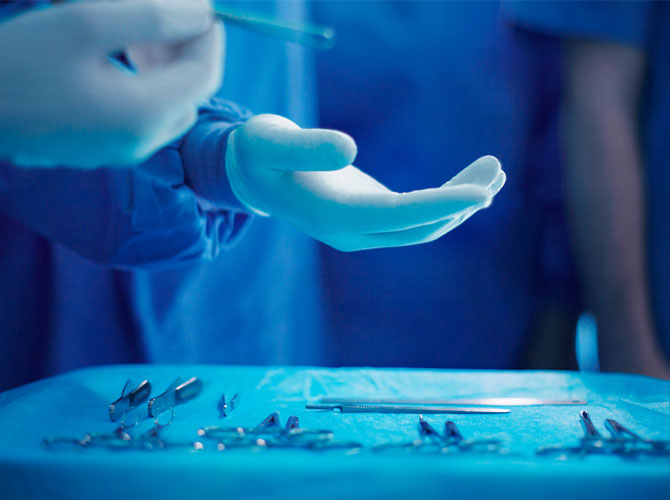
cervical disc prolapse
A cervical disc herniation occurs when the outer band of the disc breaks or cracks and the gel-like substance from the inside of the disc leaks out, placing pressure on the spinal canal or nerve roots. In addition, the nucleus releases a chemical that can cause irritation to the surrounding nerves causing inflammation and pain.
Symptoms
The symptoms of a cervical herniated disc might include:
- Dull or sharp pain in the neck or between the shoulder blades, which can intensify in certain positions or after certain movements.
- Pain that radiates down the arm to the hand or fingers (this is called radiculopathy).
- Numbness or tingling in the shoulder or arm.
How Do Discs Herniate?
Most Cervical Disc Herniations occur as a result of sudden stress. This occurs during movements resulting in sudden flexion, extension, or twisting of the neck, such as during a fall or auto accident. Sometimes herniations occur gradually, over weeks or months. However, there are risk factors that can contribute to the chances of a disc herniation, including:
- Aging. As we get older, discs gradually dry out, affecting their strength and resiliency.
- History of major or minor trauma to the cervical spine.
- Lifestyle choices. Lack of regular exercise, not eating a well-balanced diet, and tobacco use substantially contribute to poor disc health.
- Poor posture, incorrect and/or repetitive lifting or twisting can place additional stress on the cervical spine.
Non - Operative Treatment
The good news is that most cases of cervical disc herniation do not require surgery! There are a number of non-surgical treatments that can help relieve symptoms. These include the following:
- Pain medications such as anti-inflammatories to reduce swelling and pain, muscle relaxants to calm spasm, and narcotic painkillers to alleviate acute pain.
- Heat/cold therapy, especially during the first 24-48 hours.
- Physical therapy exercises such as gentle massage, stretching, and neck bracing or traction to decrease pain and increase flexibility.
Surgical Treatment
If non-operative measures do not work, surgery may be recommended. An anterior (from the front) cervical discectomy is the most common surgical procedure to treat damaged cervical discs. The goal of this procedure is to relieve pressure on the nerve roots or on the spinal cord by removing all or part of the damaged disc.
During the surgery, the soft tissues of the neck are separated to expose the offending disc. The disc is removed, to decompress the spinal cord or nerve roots. The space left by the removed disc will be filled with a bone graft – a small piece of bone usually taken from the patient’s hip. The bone graft is used to join or fuse the vertebrae together. This is called a fusion. Instrumentation (such as plates or screws) may be used to help promote fusion and to add stability to the spine.
If there is disc buldge at multiple level and compression is posteriorly posterior cervical surgery is done in which, a portion of the bone covering the nerve need to be removed. This procedure is called a laminectomy.
Fortunately, these procedures can often be done utilizing minimally invasive techniques. Minimally invasive surgery uses smaller incisions and tiny specialized instruments such as microscopes.
